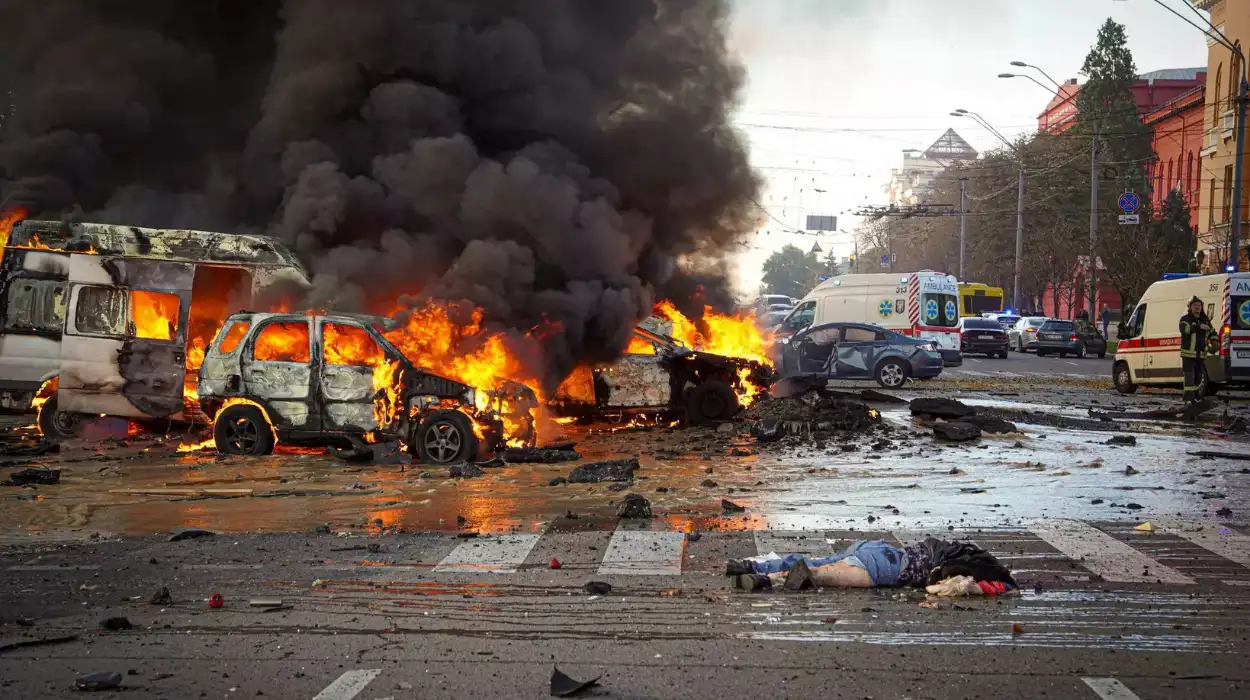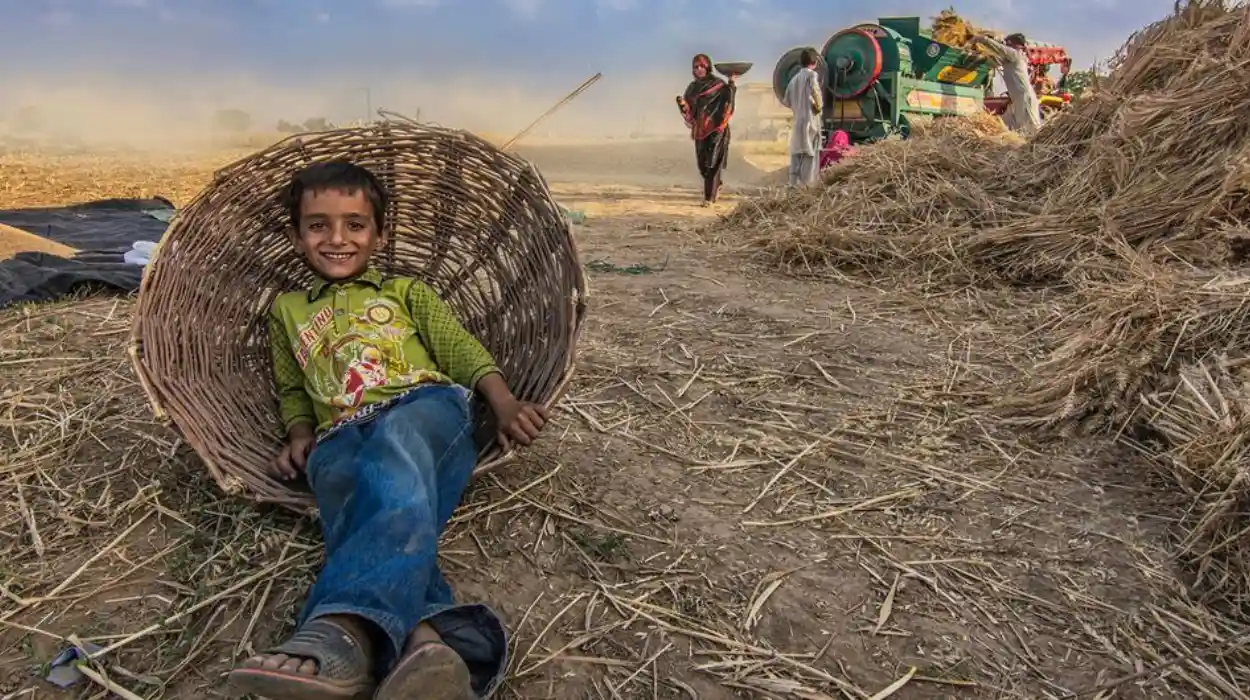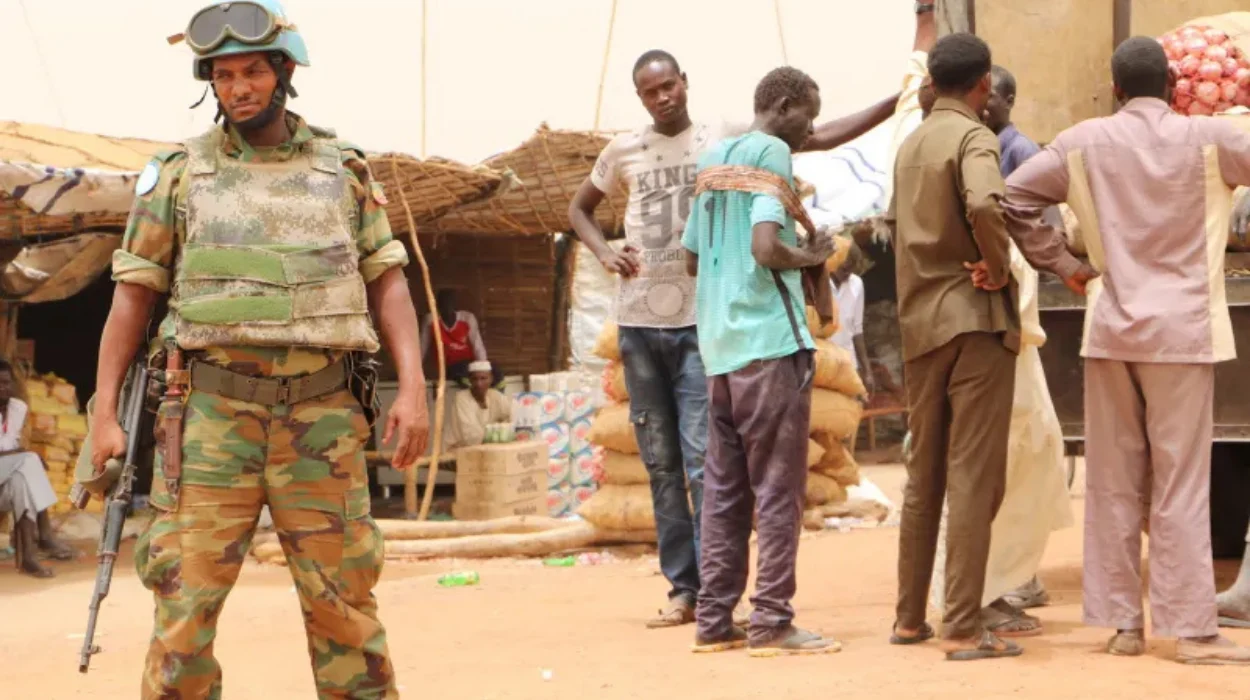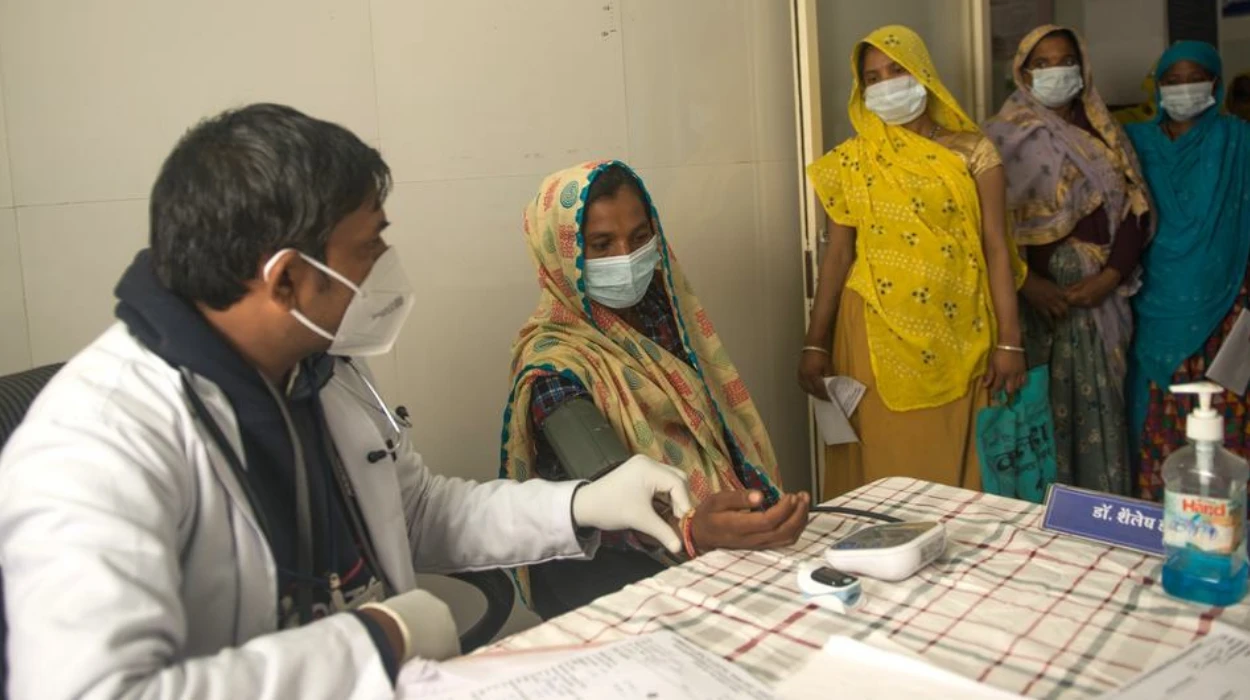The 2025 UN Social Development Summit in Doha has made a historic emphasis on youth as the key participants in the global policy-making. The summit, with a total of more than 14,000 participants, including representatives of youth-led organizations, demonstrated a world-wide change towards viewing young people as a contributor and not a passive receiver of the policy results. This paradigm shift highlights the need to learn more about how innovation, compassion, and internet savvy among the young generation can transform the governance systems.
On behalf of the United Nations, Under-Secretary-General Li Junhua pointed out that the ability of the youth to be involved is not a demographical need, but rather a developmental need.
“Young people bring a clarity of purpose that institutions need to remain relevant,”
he observed in the first plenary. His remark was indicative of the increased recognition of multilateral entities that sustainable social development depends on youth inclusion. Their dynamic nature and innovativeness provide interpretation of complicated issues in the world, including inequality, unemployment, and displacement caused by current climate conditions.
The agenda of the summit brought into the limelight the Sustainable Development Goals (SDGs) as a binding tool that connects youth empowerment with the resilience of the world. The focus on co-creation where young people actively develop and execute social schemes is a new trend in place of tokenistic consultation to actual shared governance.
Cultural Influence On Social Cohesion And Policy Framing
During the Doha summit, culture was an emerging theme as well as means of social transformation. Cultural identity as a source of inclusive policymaking and shared resilience was always emphasized by the representatives. The parachute presentation in the Education Above All Foundation with the 17 SDG flags was a visual expression of the cultural, educational and global harmony.
The Symbolic Power Of Cultural Expression
Cultural symbolism has always been used in the human rights discussion, but the summit extended its value within the social policy. Expressions of art and performance were incorporated into plenary sessions, and the connection between emotional involvement and communication of the policy to the people. This has been a new way of looking at policy not just as an administrative process but to a deeper, more human-centered process, based on common values and innovativeness.
Bridging Policy And Popular Culture
One such defining moment was the involvement of Korean-Canadian artist Mark Lee as a member of the K-pop group NCT whose association with youth organizations gave the summon more publicity to the summit online. His speech about fairness, dignity, and opportunity was viewed by millions of people online and it was an example of how the cultural influencers can become a mediator between the institutions and masses. The integration of celebrity advocacy with youth activism is in line with a larger trend in 2025 of popular culture as a form of civic education.
Challenges In Integrating Youth And Culture Into Policy Processes
There is still no sustained meaningful youth and cultural incorporation into the policy processes despite the optimism. Most of the representatives pointed out institutional obstacles that stop young voices in decision-making such as lack of access to funding, digital divides, and political hierarchies.
Structural Barriers And Representation Gaps
Although the number of youths being represented at the international summits has increased, the real impact is usually lagging behind the attendance. The Global South grassroots youth movements highlighted that there is no way to be included without having an equal access to the decision making platforms. Their demand of the parity of the policy with the recommendations drawn by the youths and given equal importance was echoed in the deliberations.
Cultural Complexity In Global Governance
Cultural diversity of the participants was also a problem. The policy-makers have to deal with some divergences in the perception of the social norms and human rights without standardizing the systems. The delegates warned against the universal application of Western-centric models that considered policy legitimacy to be based on cultural sensitivity and ownership by the locals.
These issues highlight the fact that the process of inclusion is not a singular affair but rather an ongoing adaptive process that calls on institutional change and accountability framework based on cultural pluralism.
Evolving International Commitments And Policy Implications
The Doha summit occurred in a backdrop of increasing global inequality and global geopolitical tension in 2025. Secretary-General Antonio Guterres pointed to the interrelated crises of poverty, climate instability, and unemployment among youth, and predicted that social cohesion cannot be preserved unless once more, international efforts are applied. He urged in his speech to have a social contract in the 21st century, a social contract that makes youth engagement and respect of culture a policy priority.
Renewed Focus On The 2030 Agenda
Discussions in Doha gave renewed significance to the 2030 Agenda to Sustainable Development as the key social policy of the world. Some nations such as Qatar, Brazil and Sweden promised to intensify youth based programs under the social protection systems. These programs will include jobs creation and mental health, and education reforms that will bridge the digital divide.
Regional Diplomacy And Development Leadership
The fact that Qatar was the host gave the country a stronger image of being a diplomatic and developmental center. Its cultural diplomacy commitment, i.e. through cultural heritage and dialogue to enhance peace and collaboration resonated well with summit goals. This strategy is in line with the larger foreign policy of the country that aims at integration of humanitarian outreach with global partnership building.
The summit was also used by the Organization of Islamic Cooperation (OIC) and the Arab League in its efforts to promote the regionally adapted social development models that will synchronize the world standards with the local values. This is an indication that regional cooperation can be used to supplement international dedication to inclusive governance.
Expanding Digital Platforms For Youth Participation
The inclusion of digital inclusion in the summit was one of the most concrete deliverables. Young people in more than 90 countries were engaged through the use of virtual forums, live polling and multilingual streaming. The tools changed the process of passive observation to active co-creation, where young people could directly influence the outcomes of the sessions.
Technology As An Enabler Of Inclusion
Due to digital platforms, geographical and economic barriers are minimized, and accessibility to international policy spaces has never been this high. Organized online discussions with youth activists in areas such as Sudan and Ukraine with the conflict background provided their own experience of restoring the social trust, which showed the democratizing potential of technology.
Risks Of Digital Inequality
But dependence on technology brings forth new weaknesses as well. Respondents indicated the digital literacy and access to the internet disparities which disproportionately impact the marginalized groups. The digital divide may solidify existing disparities unless an effort is consciously undertaken to infuse infrastructure and training. This tension is recognized by policymakers at Doha, who suggested specific financing of digital education and connectivity programs by using cross-border partnerships.
Future Directions For Youth-Driven Social Development
The inclusion of youth and cultural views in the global social policy is in a very critical stage. The Doha summit heralded a greater transition to the participatory, intercultural, and responsive to the 21st century realities form of governance. The policymakers are becoming aware that sustainable social development cannot be achieved without the voices of the young people in the priorities provided at the ground level.
To continue, the issue in the future is to institutionalize these principles in terms of transforming commitment made in summits into concrete, measurable policy frameworks. Systems of monitoring that assess the effects of youth participation and inclusion into the culture will be essential in ensuring continuity. Besides, cross-sectoral collaborations among governments, academic and cultural institutions would reframe the scopes of what a global social policy can accomplish.
The Doha Social Development Summit 2025 demonstrated that youth and culture are not auxiliary forces but the driving engines of transformation in an era defined by interconnected crises and rapid change. As emerging leaders continue to bridge cultural divides and leverage technology for social good, the future of policymaking may well depend on how effectively institutions translate this energy into enduring systems of inclusion, creativity, and justice.







